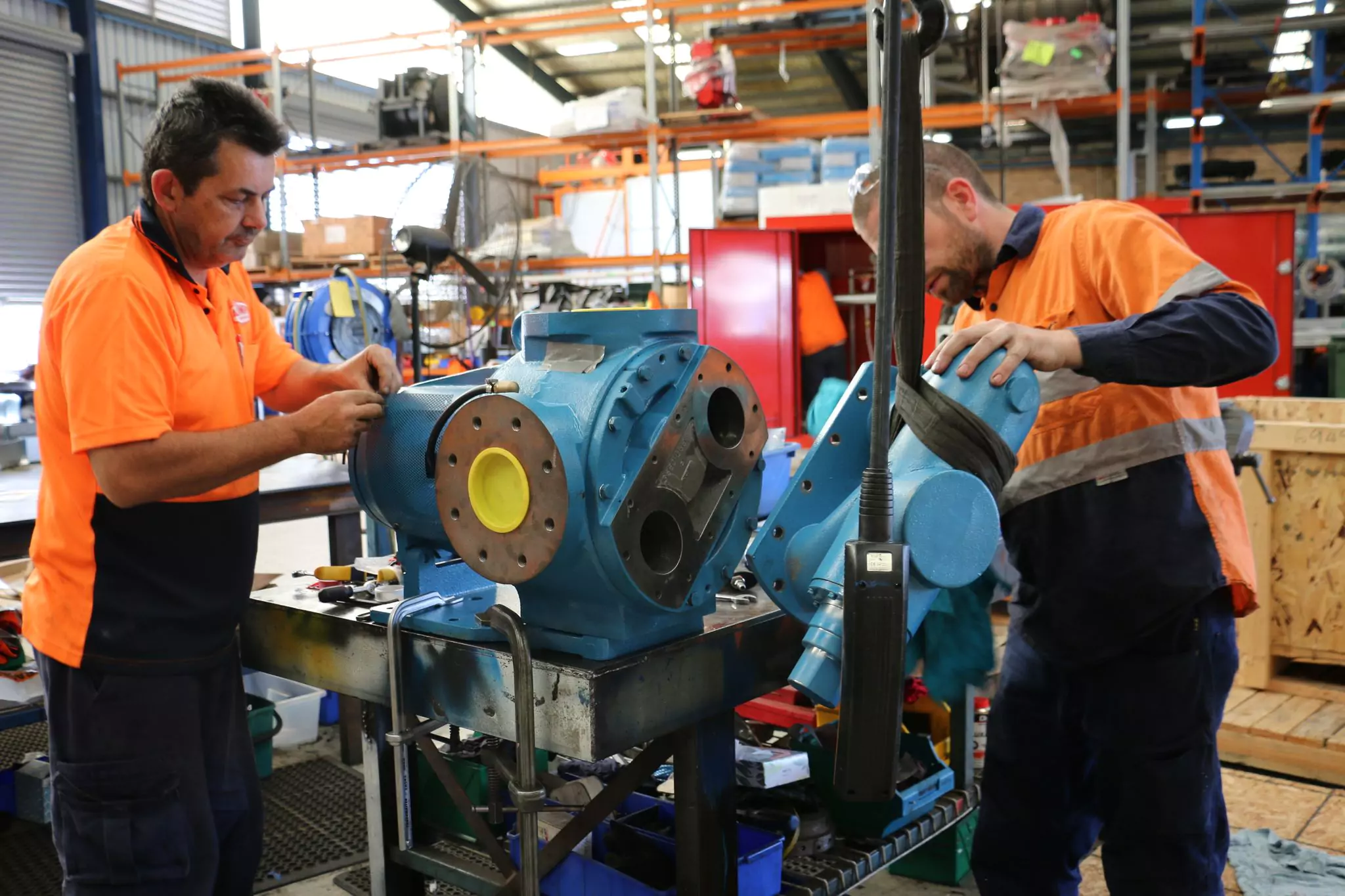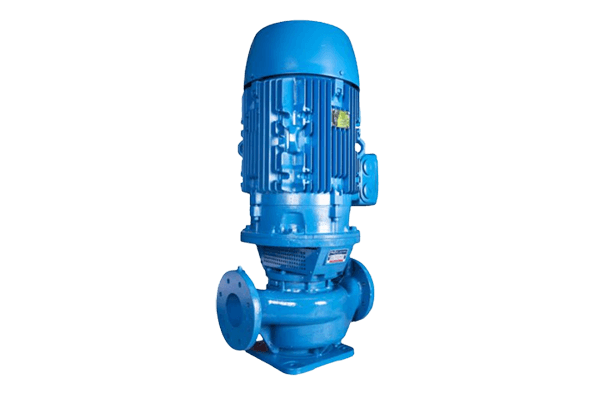The Nexus long-coupled, end suction, single-stage horizontal centrifugal pump is standardised to EN 733/DIN 24255 and can be used for a vast range of applications in the industrial and marine markets. The long-coupled design means that there is a large space between the pump and motor, this, in turn, protects the motor from fluid ingress in the case of a seal failure. The dimensions of the pumps are based on DIN 24255 for easy retrofitting to existing pipework and replacing other DIN models.

You’ll enjoy the All-Pumps experience. We’re certain.
Maintenance Capabilities
Maintenance Capabilities
Resources

